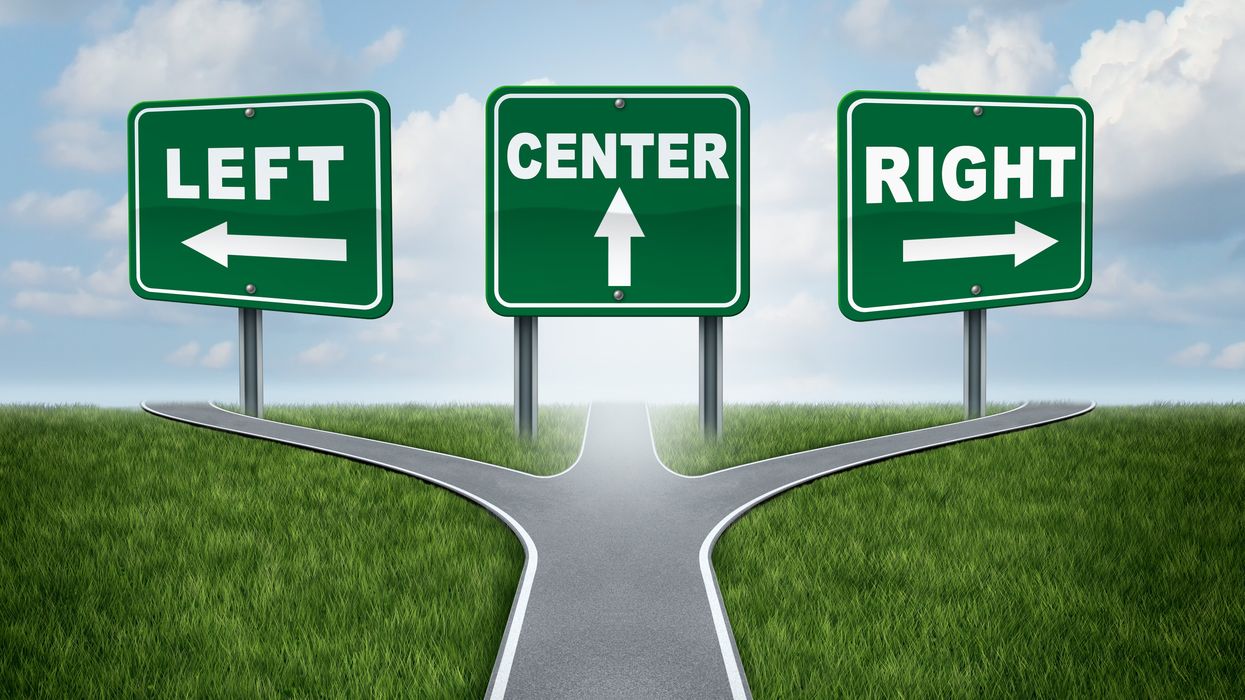Anderson edited "Leveraging: A Political, Economic and Societal Framework," has taught at five universities and ran for the Democratic nomination for a Maryland congressional seat in 2016.
Former President Donald Trump has won a convincing Electoral College victory, although the swing states were decided by narrow margins. But when you take the 30,000-foot perspective of the election, it is very illuminating.
Forty percent of registered voters, according to Gallup, do not identify as either the Democrats or Republicans. Moreover, one-third of the 240 million people eligible to vote are not even registered.
Thus, we hear that our society is being ripped apart by, on one side, gun-loving, God-fearing, gay- and trans-hating redcoats and, on the other side, abortion-loving, gay- and trans-loving, gun-hating bluecoats. Yet the reality is that of every 100,000 voters, about 40,000 of them were independents who were basically anti-establishment and not ideologically aligned. Many of them were centrists, rather than progressives or conservatives.
The upshot is that of the 240 million potential voters about 120 million of them were either not registered or registered as independents. In short, half of voting age adults do not fit into the brutal polarization narrative that we hear about regularly. This lens is used to explain the election and the victory of one side over the other.
The polarization narrative — a titanic struggle between two sides that hate each other — is not an accurate picture of political America. A realistic picture reveals that a third of potential voters have checked out of voting itself, because they are disillusioned or disgusted with the system and 40 percent of registered voters are fed up with the two-party system that does not permit more than half of them to vote in primaries and does not give candidates who are independent a realistic chance of winning.
So, yes, the Fox News/MSNBC picture of a red vs. blue battle speaks for tens of millions of Americans, but up to half of voting age people don't fit into this picture. If Harris had won, the same analysis would hold.
Independents in the years to come must revolutionize American politics by establishing representation for the tens of millions of Americans who do not identify with either party. Although Congress in the last 16 years has certainly produced important legislation, some of which is the fruit of bipartisan cooperation (e.g., concerning Covid, infrastructure and semiconductor chips), there is plainly not enough important legislation to list. We are still waiting for lawmakers to address immigration, climate change, energy, child care and parental leave, and guns.
What is needed is a shift away from the duopoly that dominates our politics and makes bipartisanship the goal of politics. In its place, we must promote the goal of tripartisanship. A tripartisan revolution, however, does not seek to overhaul the system. It is more modest in its ambitions.
As Dartmouth economist Charles Wheelan wrote in his 2013 book “ The Centrist Manifesto,” we need a "Fulcrum strategy" in which five or six senators help one of the parties get to 60 votes by negotiating elements of major bills that represent a third force in American politics. These senators can be elected as independents or switch to independent once in office. What precisely the group would call for would vary with different bills and cannot be pinpointed on the ideological spectrum, although a centrist perspective is probably where they will be in many cases.
Still, unlike Wheelan, I do not advocate uniting a group of self-identified centrists; instead, I advocate uniting a group of independents across the ideological spectrum who will help forge major compromises because it is the right thing to do and because it serves their self-interest, including securing their ability to retain their seats in the Senate.
What will not change in the Trump presidency, and what would not have changed in a Harris presidency, is the disillusionment and frustration felt by 40 percent of registered voters and 33 percent of the voting-eligible people. The time for a tripartisan revolution has arrived, one that makes room for independents to have a seat at the table.




















